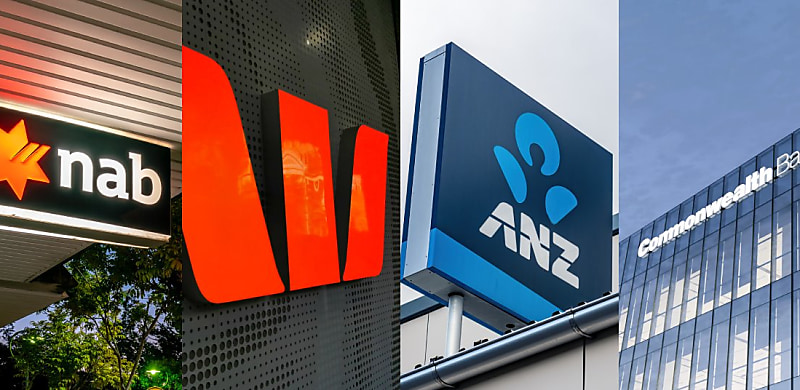
Lenders crystallise May rate cut call after RBA suggests May meeting an ‘opportune time’ to revisit policy settings.
On Tuesday (15 April), the Reserve Bank of Australia (RBA) released the minutes of its April meeting, outlining its rationale for maintaining the cash rate at 4.10 per cent and saying that the May meeting would be an “opportune time” to reassess its monetary policy settings.
The RBA’s primary objective remains to return inflation to the midpoint of its target band while sustaining employment gains and while the new monetary policy board expressed confidence that its current strategy was “on track” to achieve this dual mandate, it said “it was not appropriate at this stage for monetary policy to react to the potential risks that could move outcomes in either direction”.
This stance reflected a preference for waiting for more definitive data – which would likely include the March quarter Consumer Price Index data (released 30 April), wage, and labour market trends – before considering any policy adjustments.
The minutes said that “the most significant development in the period leading up to the meeting had been the significant rise in uncertainty about global trade policy, although the effect of this on sentiment and economic developments in Australia was not yet clear”.
The RBA minutes explicitly said that “it is not yet possible to determine the timing of the next move in interest rates” and that “future decisions would, in each instance, depend on new information and its implications for the economic outlook”.
Furthermore, “members agreed that it would be helpful if the board’s public communication following the meeting made it clear that the outcome of its next decision was not predetermined” and emphasised “the need to be cautious and alert to the evolving economic outlook, and the importance of future decisions being guided by the incoming information and the assessment of risks.”
Governor Michele Bullock echoed this sentiment, saying in April: “‘We are mindful of not adding to the uncertainty, and to that end, it’s too early for us to determine what the path will be for interest rates.”
Lenders have reacted to the release of the minutes from the 1 April meeting, saying that the context of escalating global trade tensions had significantly altered the outlook for monetary policy since the RBA Monetary Policy Board met (for example, with US President Donald Trump moving to a 90-day pause on tariffs).
Senior economist of the Commonwealth Bank of Australia (CBA), Belinda Allen, said: “[T]he Minutes predate the worst of the trade war. Financial market uncertainty and downside risks to global growth have lifted since the time of the meeting.”
She expects the RBA to “cut the cash rate by 25 basis points in May” given the “deteriorating global outlook … despite Australia being in a relatively good position to weather the storm” and two further rate cuts this year to take the cash rate to 3.35 per cent by end of 2025.
ANZ senior economist Adelaide Timbrell said: “The minutes of the April RBA Board meeting reflect the RBA’s thinking before the US tariff announcements, which will change markedly from here.”
Timbrell believes “the tone of the minutes, combined with more recent changes in the global backdrop and subsequent commentary by RBA Governor Bullock, supports ANZ’s view that the RBA will ease the cash rate by 25bp in May, July and August in order to offset some of the potential negative impacts arising from global trade and growth risks.”
She noted the RBA’s own cautious language, which “leaves the door open ... for easing ahead of hard data showing impacts of global trade uncertainty”.
Rodrigo Catril from National Australia Bank (NAB) told the NAB Morning Call podcast on Wednesday (16 April) that “the one takeaway is that the RBA, all else equal, is still waiting for more evidence that inflation is coming down and will be coming down”.
While acknowledging the RBA’s “wait-and-see mode” in April, Catril said: “But the sense is that when it comes to May, they are going to have a lot more information, and in particular, they are also going to have a lot more information in terms of domestic inflation. So we still think that the prospect for rate cuts in May – and even a 50 basis point rate cut in May – are still very, very large.”
The major is still forecasting the RBA to cut rates by 50 bps this month, followed by 25 bps in July, August, November, and February.
Meanwhile, Westpac is also calling a 25-bp cut in May, with two more 25-bp cuts from the RBA in the second half of the year.
Westpac’s Matthew Hassan said: “Westpac expects the deteriorating external situation, signs that this is starting to weigh on sentiment locally and more evidence of a sustained slowing in inflation will see the Board deliver a further 25bp rate cut at its May meeting.”
Hassan also suggested a potential shift in the RBA’s focus, saying: “Indeed, given the scale of the tariff shock unfolding abroad, the board is likely to signal a clearer shift in focus away from lingering questions about inflation to downside risks to growth.
“That, in turn, will set the scene for further policy easing in the second half of the year.”
 Login
Login











JOIN THE DISCUSSION